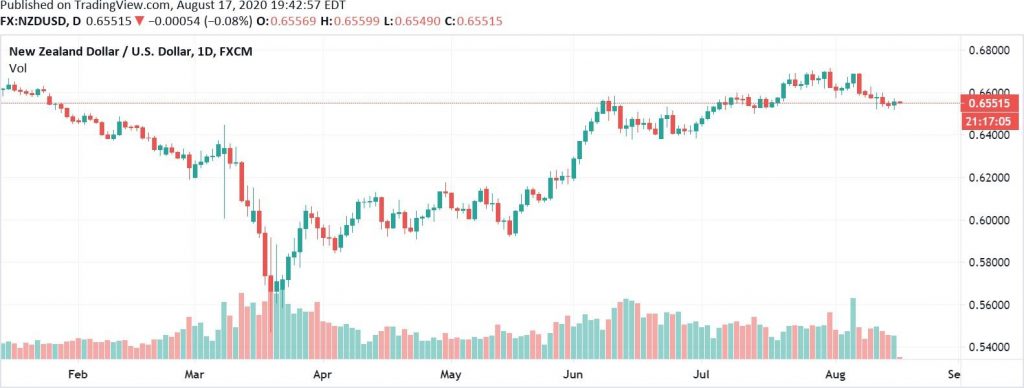The second wave of the pandemic is upon us all. It has spread across Europe, USA and the world. We in New Zealand and Australia have not been immune. Despite the geographical advantage of being an isolated country, surrounded by ocean, it appears our Governments cannot manage the border closures and prevent the spread of the virus.
Governments have realised what the virus is and what we are dealing with. Protect, isolate and quarantine the elderly and sick, while going about your business, observing necessary protocols. The damage to global economies of the lockdowns is unsustainable, not to mention the unintended health crises. Many untreated patients (from cancer and other illnesses) are dying and the mental health issues are equally as devastating.
Government actions are authoritarian and the financial consequences are immense and long-lasting. Lockdowns have devastated the business sector and the extent of the damage will not be realised until after the fiscal and monetary stimulus is withdrawn. Authorities across the globe had not recovered the deficit/debt imbalance pre/post the GFC. They go into this pandemic-triggered economic crises, carrying overwhelming debt loads, that have been camouflaged by Central Banks’ extreme monetary policy and zero interest rates.
Fiscal and Monetary Policy
The real concern is the massive debt issuance, by treasuries, being funded by their own Central Banks (Debt Monetisation). This was always the Cardinal sin of monetary policy, until recently, but has been adopted by all major Western Central Banks?! There will be severe and long-lasting consequences. Central Bank policy forcing interest rates to zero (and below), have been necessary to enable servicing of these massive debt levels and to encourage borrowing, to stimulate the economic recovery post-pandemic. They also have the side effect of reducing the price signalling nature of interest rates, no longer adequately reflecting risk/return. The currencies are determined by economic performance, pandemic management and risk profile.
The US Dollar, as the reserve currency, is the major safe-haven and was a magnet when the markets were in disarray, due to the uncertainty of the first wave of the virus. Markets are fundamentally forward looking. The dollar safe haven flowed and global equities soon recovered as the virus was identified and contained. Share markets have been rallying since the end of March, while the reserve currency has also been reflecting the growing confidence and certainty, giving back all of the gains.
The second wave has hit hard and Europe and the USA have realised the folly of the lockdown. New Zealand and Victoria have not. They have reverted to the lockdown, in an attempt to defeat the virus, which cannot continue and be successful unless a vaccine is forthcoming. The impact on the economy has been disastrous and the extent of which will not be fully realised, until the fiscal/monetary support is withdrawn. The debt levels being amassed will take more than a generation to repay. It can only be repaid by GDP growth not increased tax burdens.
The NZD has been a beneficiary of the falling reserve, but economic fundamentals and a rising risk profile, may undermine the performance of the currency. The enormous debt burden will lead to
slower economic growth and higher taxes. The economy needs lower taxes and deregulation. The NZ economy is heavily trade-exposed and needs the borders open for the free flow of goods, services and people. This pandemic must be mitigated and managed. Lack of a vaccine will require Governments to manage the re-opening of our borders and the economy, but a vaccine could possibly justify the elimination strategy?




